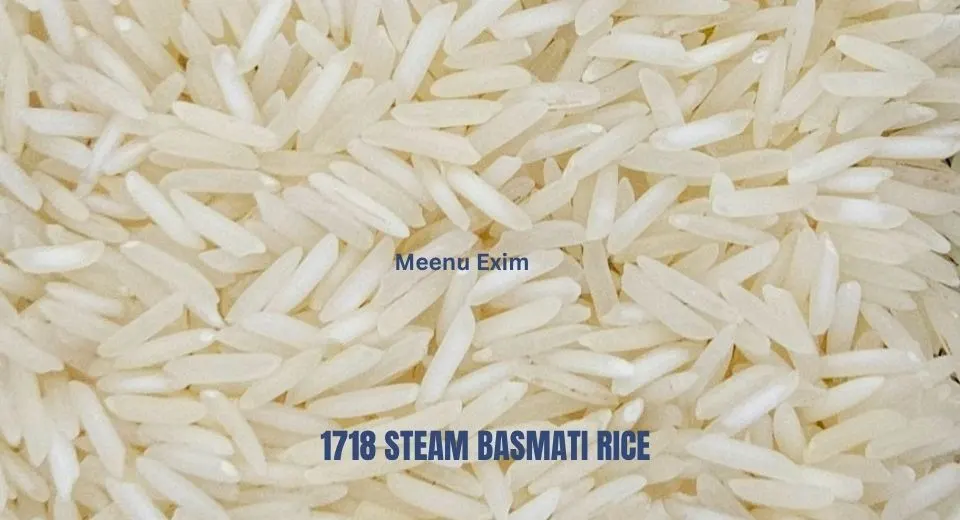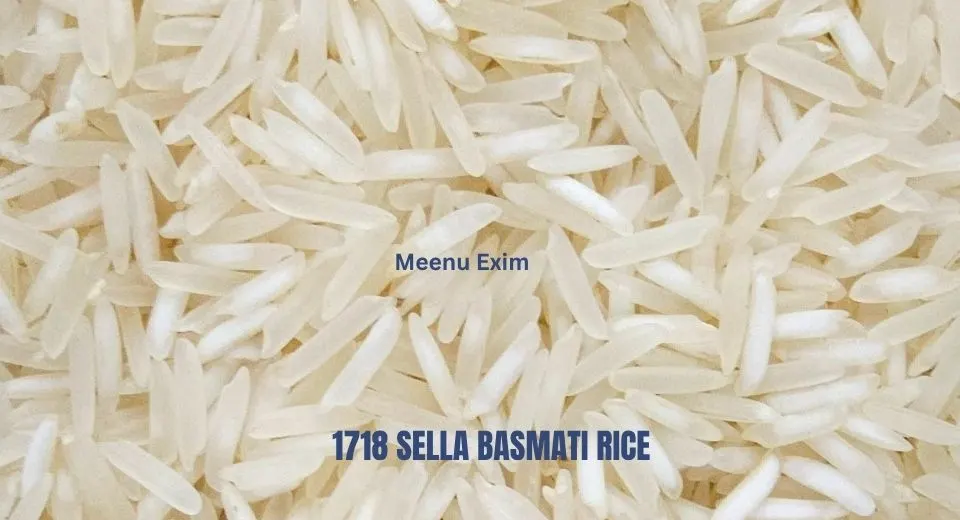
Table of Contents
Toggle1718 Basmati rice
1718 Basmati rice is a popular and improved variety of Basmati rice. Actually, it is an improved and genetically modified version of the Pusa 1121 Basmati rice. It was developed to address adverse weather conditions & issues like bacterial leaf blight disease. It can easily withstand heavy rains and hailstorms due to its shorter plant length
This rice is particularly known for its extended grain length, pleasant aroma, and good cooking qualities.
The main characteristics of this 1718 Basmati Rice are:
- Grain Length: The grain size ranges from 8.35mm to 8.40mm. When cooked, these grains elongate significantly, up to 17.0 mm or 18.50mm, and remain separate and fluffy, making it ideal for dishes where grain integrity is important, like biryani and Pulao.
- Aroma: 1718 Basmati rice is highly aromatic. It emits a strong and pleasant fragrance, sometimes described as reminiscent of sweet blossoms. The fragrance intensifies during cooking.
- Texture: It has a non-sticky, soft and fluffy texture after cooking.
- Appearance: The grains appear typically white and polished. Some variations, like “Golden Sella,” are light brown or golden type due to the parboiling process.
- Moisture Content: Generally, it has a maximum of 12.5% moisture content.
- Shelf Life: The general shelf-life of this rice ranges from 2 to 2.2 years.
Types of 1718 Basmati Rice

1718 Raw Basmati Rice
This variety consists of unprocessed grains.

1718 Steam Basmati Rice
In this variety paddy is steamed before drying and milling, resulting in a softer texture and whiter color.

1718 Sella Basmati Rice
This is parboiled rice variety. In this type the paddy is soaked, steamed, and then dried before husking. This process makes the grains firmer, & less prone to breakage. This also helps retain nutrients.
Sella Can be further classified as:
White Sella: White Sella refers to parboiled rice that retains its white color .
Golden Sella: It has a golden tint from the parboiling process.